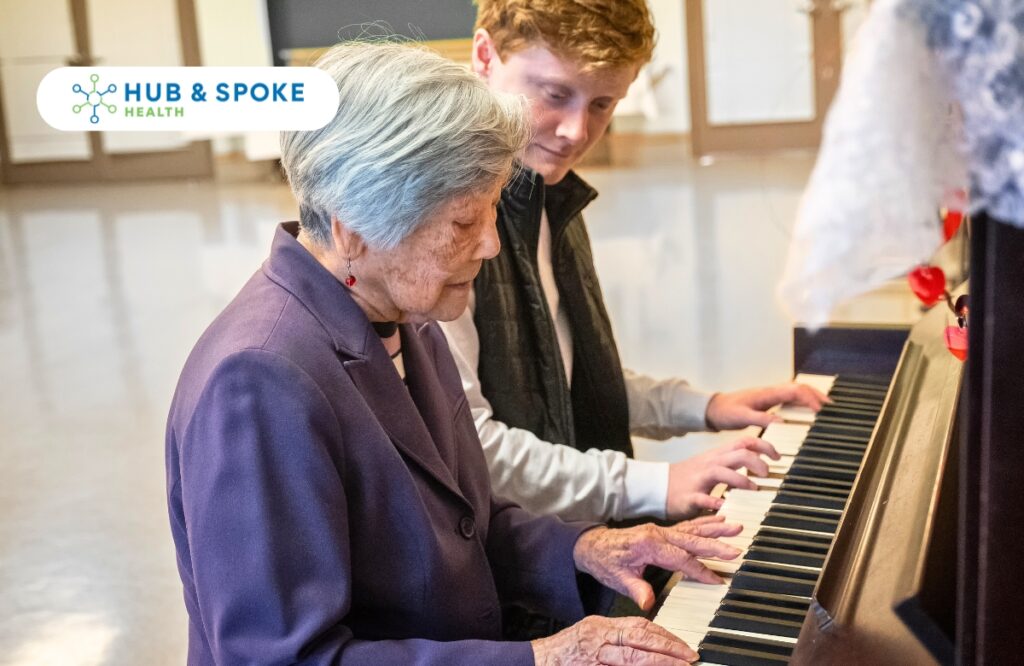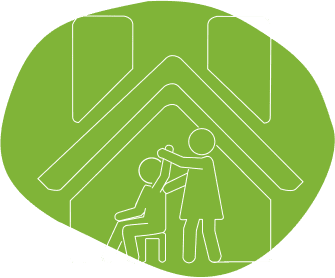Consider a journey where music not only makes you happy but also strengthens your body, creating a symphony of wellness.
Music therapy is an important part of improving physical health. It uses the healing power of music to improve overall health and wellness. Music can stimulate movement, improve your coordination and balance, and help you to breathe better and relax. Music therapy can be a powerful tool to help people improve their physical health, whether used during exercise routines, rehabilitation sessions, or relaxation exercises. Let’s dig deeper into how and why music can support physical well-being.
Music is entraining
Have you ever experienced a situation where a song is being played, and your foot begins tapping to the beat without you even thinking about it? This is a way of understanding how we “entrain” to music while engaging in physical activity. Entrainment is a phenomenon in which people synchronise their movements to the rhythm of music.
Entrainment explains the fundamental connection between music and physical activity. In music therapy, entrainment plays a significant role in techniques such as Rhythmic Auditory Stimulation, which uses live music or metronomic stimuli to modulate movement patterns. This technique finds application across various conditions, including Parkinson’s disease, traumatic brain injury, cerebral palsy, stroke, and multiple sclerosis.
Music is motivating
Research shows that music has a profound impact on arousal levels, eliciting heightened states of physiological activation. The combination of various elements in music could modulate autonomic nervous system responses, influencing vital parameters such as respiration, heart rate, blood pressure, muscular tension, hormonal secretion, and neural activity.
Furthermore, memories and associations people have with music can have a big impact on mood and affect while working out, which can make people more motivated and engaged. The use of validated instruments like The Brunel Music Rating Inventory questionnaire helps music therapists in selecting motivating music for clients, ensuring a personalised and evidence-based approach to enhancing physical well-being.
Music therapy emerges as a multifaceted modality for promoting physical well-being. It capitalises on music’s inherent capacity to engage, stimulate, and motivate.
Through music therapy, clients can harness the therapeutic potential of music to optimise physical functioning and foster a sense of holistic wellness.
Author
-

Tia Iskandar is a Registered Music Therapist and Neurologic Music Therapist. Her clinical experiences include working in settings of acute pediatric hospital, palliative hospital, progressive neurology, aged care, refugee care, neurodiversity-affirming practice, and community disability rehabilitation across all ages. Initially trained as a classical pianist, Tia believes in the holistic power of music in supporting individuals to live fully at every stage of their lives.
View all posts
















